Worth the upgrade
Fitbit Charge 4
Pros
- Better battery life
- Swimproof design
- Active Zone Minutes
- Built-in GPS
- Built-in Spotify control
Cons
- Expensive upgrade
- Not as many color options
- Proprietary charger
The Fitbit Charge 4 is a worthwhile upgrade for features like built-in GPS and Spotify Connect that let you leave your smartphone at home. You also get Active Zone Minutes, Quick Replies via compatible Android devices, a swim-proof design, SPO2 sensor to measure blood oxygen levels, Fitbit Pay, and generous seven-day battery life. That's just the tip of the iceberg when it comes to why you should upgrade from a Charge 2.
Still a decent tracker
Fitbit Charge 2
Pros
- Has all the essentials
- Five-day battery life
- Same app dashboard
Cons
- Only water-resistant
- No built-in GPS
- Outdated
If you already own the Fitbit Charge 2, it's still a pretty decent activity tracker. You get access to the same Fitbit app and dashboard to monitor things like activity and sports, sleep, heart rate, calories burned, floors climbed, and more. It has a pretty decent battery life of up to five days, a comfortable design for all-day wear, and fun color options. It's a great basic fitness tracker that will suffice for everyday wear.
If you're using a fitness tracker to monitor exercise, jogs, runs, cycles, or other forms of frequent exercise, the Fitbit Charge 4 is a worthwhile upgrade. It will make it easier to keep track of your performance through features like Active Zone Minutes that alert you when you enter new heart rate zones so you can amp up or cool down accordingly. Built-in GPS lets you leave the phone at home so you can go for a run without the added weight or distraction of the device. Plus, built-in Spotify Connect means you can also listen to your favorite playlist for further motivation as you work towards your fitness goals. When looking at the Fitbit Charge 4 vs 2, it's a no-brainer upgrade if you are looking to do more with the tracker that just keep on top of daily steps and sleep.
Fitbit Charge 4 vs. Fitbit Charge 2: New features you'll love
There are a lot of features that are similar between the Fitbit Charge 2, which was released in 2016, and the Fitbit Charge 4, which released in spring 2020. They both handle basic tracking features like daily step counts, floor climbs, miles traveled, calories burned, active minutes, detailed sleep logs including periods spent in light, deep, and REM sleep, 24/7 and resting heart rate, menstrual health tracking, and other essential data that paints a picture of your health and wellness.
However, the Fitbit Charge 4 offers some really useful upgrades that, if you're working towards any kind of fitness goal and making a point to exercise or do other physical activities, will be worth it.
| Fitbit Charge 4 | Fitbit Charge 2 | |
|---|---|---|
| Operating System | FitbitOS | FitbitOS |
| Battery Life | Up to 7 Days | Up to 5 Days |
| Mobile Payments | Fitbit Pay | None |
| Dimensions | 1.4" x 0.9" | 1.5" x 0.84" |
| Display | Grayscale Touchscreen with Haptic Feedback | Black & White Tapscreen |
| Water-Resistant | Swimproof | Splash- and Sweat-Resistant |
| Charging | Proprietary | Proprietary |
| GPS | Built-in | Via Connected Smartphone |
| Music | Spotify Connect | None |
| Active Zone Minutes | Yes | Coming Soon |
| Color Options | Black, Rosewood, Storm Blue/Black | Black, Blue, Plum, Teal |
| Quick Replies | Yes | No |
| Fitbit Pay | Yes | No |
| Heart Rate Monitor | Yes | Yes |
| Compatibility | Android, iOS, Windows | Android, iOS, Windows |
Fitbit Charge 4: Better for tracking exercise
If you just want to wear a fitness tracker to get an idea of how many steps you take a day, monitor your sleep duration and quality, check on your heart rate, and log things like your water intake, the Fitbit Charge 2 will do just fine and there's no need to upgrade to the Charge 4. But if you are looking for more when it comes to fitness, the Charge 4 is worth the upgrade.
If you are looking for more when it comes to fitness, the Charge 4 is worth the upgrade.
Along with handling all of the same exercise trackings as the Charge 2, including specific sports, the Charge 4 adds a new feature called Active Zone Minutes. This means the band will buzz slightly on your arm as you work out to let you know that you've reached your target heart rate zone. You can then ramp up the exercise to stay within that zone or start a cool down if it's too high. You can also earn extra active minutes outside of workouts using this feature.
Theoretically, you could still track your heart rate with a Charge 2 by simply tapping the screen and glancing over at it to see when your heart rate is in the peak zone, but this would be pretty distracting. And Active Zone Minutes won't be coming to the Charge 2, which means you'll only be able to get it with the Charge 4 and the newer trackers, the Inspire 2, and Fitbit smartwatches.
A major difference is for swimmers. Since the Charge 4 is swimproof, it also adds the ability to track swimming. It goes without saying that if you have a pool and/or plan to swim often as part of your daily exercise regimen, you should upgrade to the Charge 4. The Charge 2 doesn't have swim tracking because it is only water-, splash-, and sweat-resistant.
GPS and Spotify are worth it on the Fitbit Charge 4
If you've ever worked out in a gym, you know that music can be a huge motivator. The inclusion of Spotify Connect in the Charge 4 is a huge advantage for gym-goers as well as those who go for runs or hikes often. You can leave the phone at home or in the car or gym locker and connect to your music directly from the watch. You can also control playback including starting, stopping, and skipping songs.
GPS, meanwhile, is equally as useful to help map your routes so you can see exactly how far you went as well as your pace, when you entered different heart rate zones, and a summary of the entire route. You can do this with the Charge 2 as well if you bring a compatible and connected phone with you and leverage the phone's GPS. However, this means having to bring added weight not to mention use your mobile data. Built-in GPS is another reason to leave your phone at home.
A sleep tracking upgrade
When it comes to tracking sleep, both fitness trackers are pretty much the same, offering detailed sleep reports that tell you when you fell asleep and woke up, how much time you spent in light, deep, and REM sleep, and detailed Sleep Scores. If you want more, you can subscribe to the Fitbit Premium service, which provides additional tracking with any Fitbit device, with a 90-day free trial.
One thing related to sleep the Fitbit Charge 4 adds is a Sleep Mode, which lets you mute notifications and stop the screen from turning on at night as you move around. Smart Awake is another cool feature that will track when you go to bed and slowly ease you awake at a time when it deems you should get up.
Keeping in touch, staying up and running
Both fitness trackers can display notifications from a connected smartphone, including text messages, incoming calls, and other relevant alerts. The Fitbit Charge 4 adds Quick Replies via compatible Android devices. These are preset replies to messages and calls that you can send with one tap, saving you time and negating the need to pull out your phone to respond.
In terms of battery life, both offer impressive specs, with the Fitbit Charge 2 rated at up to five days and the Charge 4 at up to seven days. Five days is still incredible, but those two extra days can make a huge difference. Imagine going on vacation for a week and not even having to bring your charger along with you at all!
Both are sleek on your wrist
Both the Fitbit Charge 2 and the Fitbit Charge 4 are similar in size and shape. However, the Charge 4 contours more nicely to your wrist. You also get a nicer screen with haptic feedback and full touch functionality that takes up more real estate on the face of the device. The Charge 4 has a 40% larger display size and is slimmer, despite being overall similar in dimensions to the Charge 2. It's also slightly lighter thanks to its aluminum frame.
Both devices come in various color options, though the Charge 2 comes in funkier, more vibrant ones like plum and teal that fashionistas might prefer. The Charge 4 color options are pretty standard and include black, rosewood, and storm blue/black. With both, however, you can always swap out the band for a third-party one. If freshening up the look is all you want, though, you can get good replacements bands for the Fitbit Charge 2 as well.
Fitbit Charge 4 vs. Fitbit Charge 2: It's a no-brainer to upgrade
Unless you're just using the tracker for daily insights and aren't actively working out or looking to achieve a fitness goal, it's worth it to upgrade to the Fitbit Charge 4 from the Fitbit Charge 2.
Not only is the Fitbit Charge 2 outdated at this point (it's four years old, which is ancient in tech years), but it also features an outdated design. The Fitbit Charge 4 is much sleeker and slimmer with a much bigger screen despite being about the same size as the Charge 2.
Considering it's pretty affordable, and you get extras like Spotify Connect, built-in GPS, and Fitbit Pay, along with the swimproof design and longer battery life, it's worth it to invest in this new tracker.
Enhance your workouts
Fitbit Charge 4
Tons of new features
$129 at Amazon $130 at Best Buy $129 at Walmart
For anyone using a fitness tracker to actually improve their fitness, the Fitbit Charge 4 is worth updating to from an outdated Fitbit Charge 2. There are so many new features, like Active Zone Minutes, built-in GPS, and Spotify Connect, for a similar price than you would have paid for the Charge 2. Plus, the design is sleeker and slimmer with a bigger screen.
Ideal for basic tracking
Fitbit Charge 2
Still works if you aren't big into fitness
$125 at Amazon $150 at Best Buy $130 at Walmart
If you're one of those people who just wear the tracker to see your steps, sleep, calories, heart rate, and track the occasional workout, the Fitbit Charge 2 might still work just fine for you. If you don't swim, run, jog, or cycle, or are fine bringing your phone along with you when you do, the Charge 2 is a fine option.

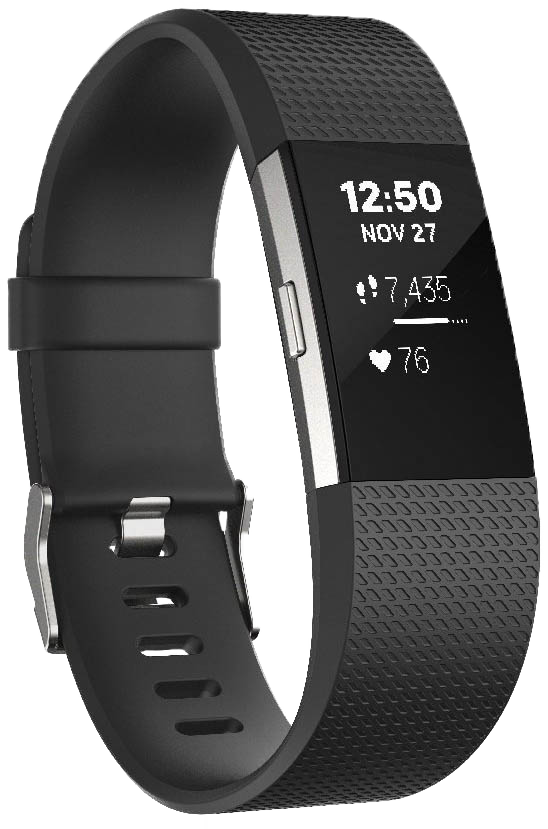
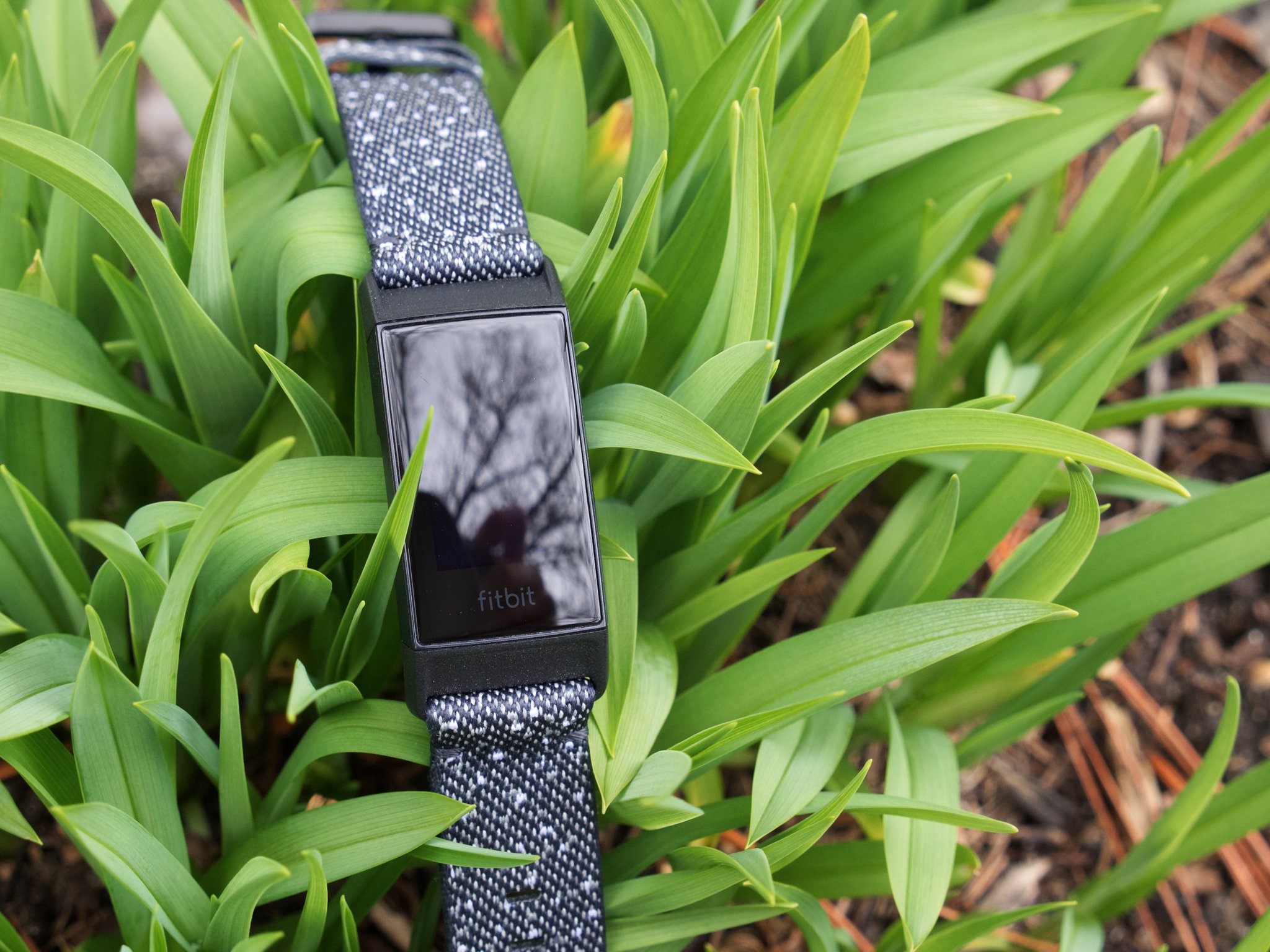
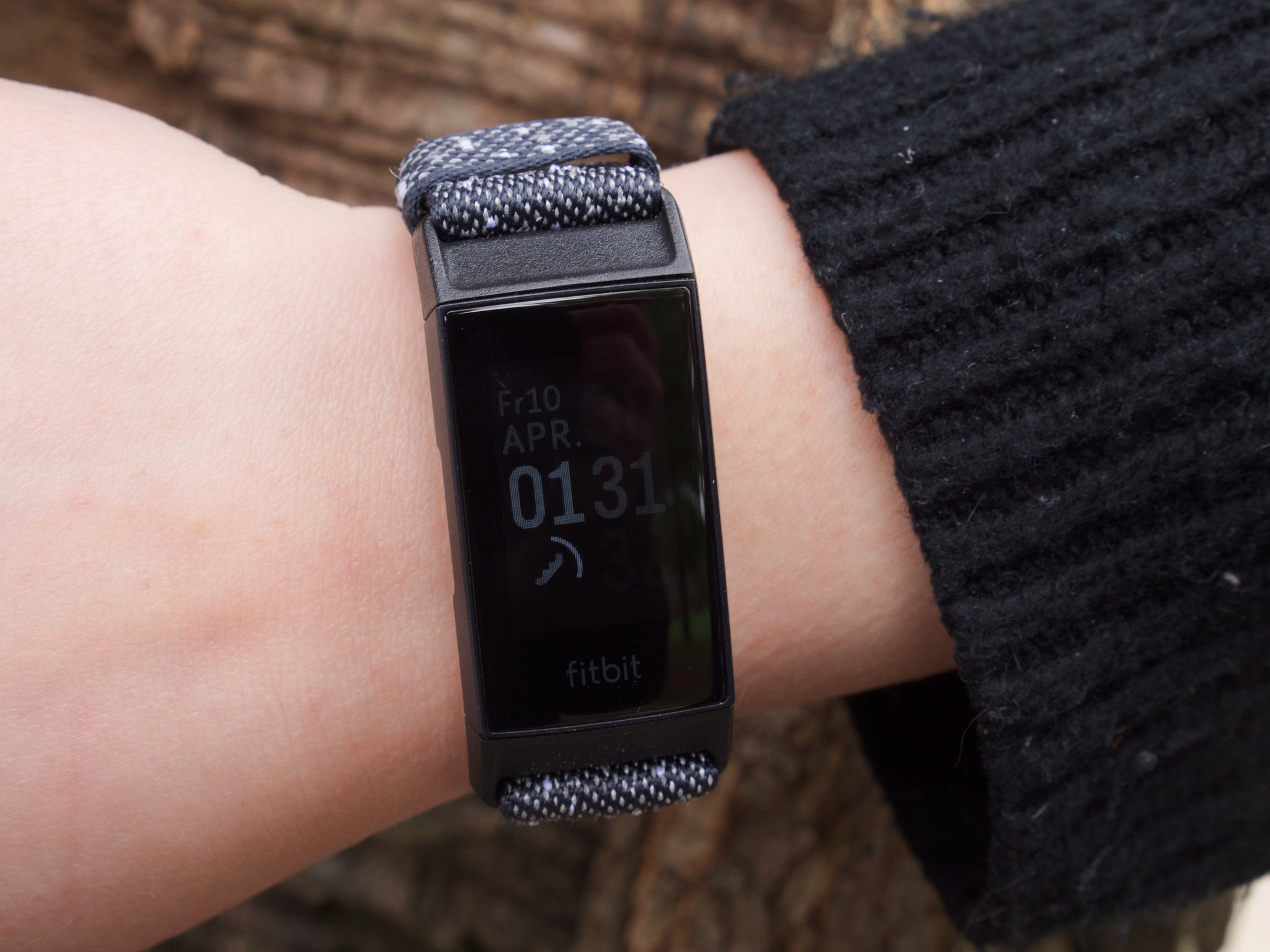
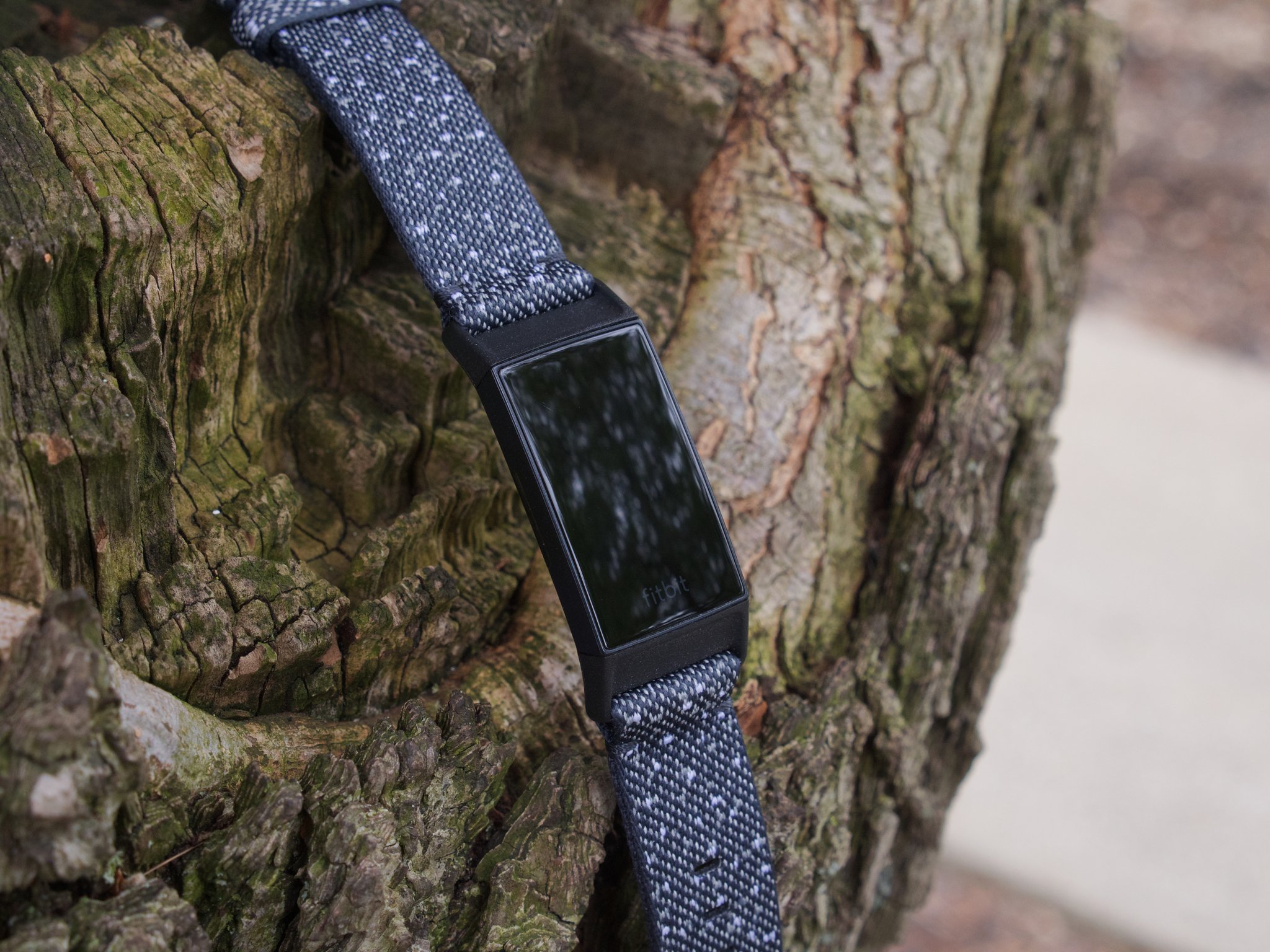
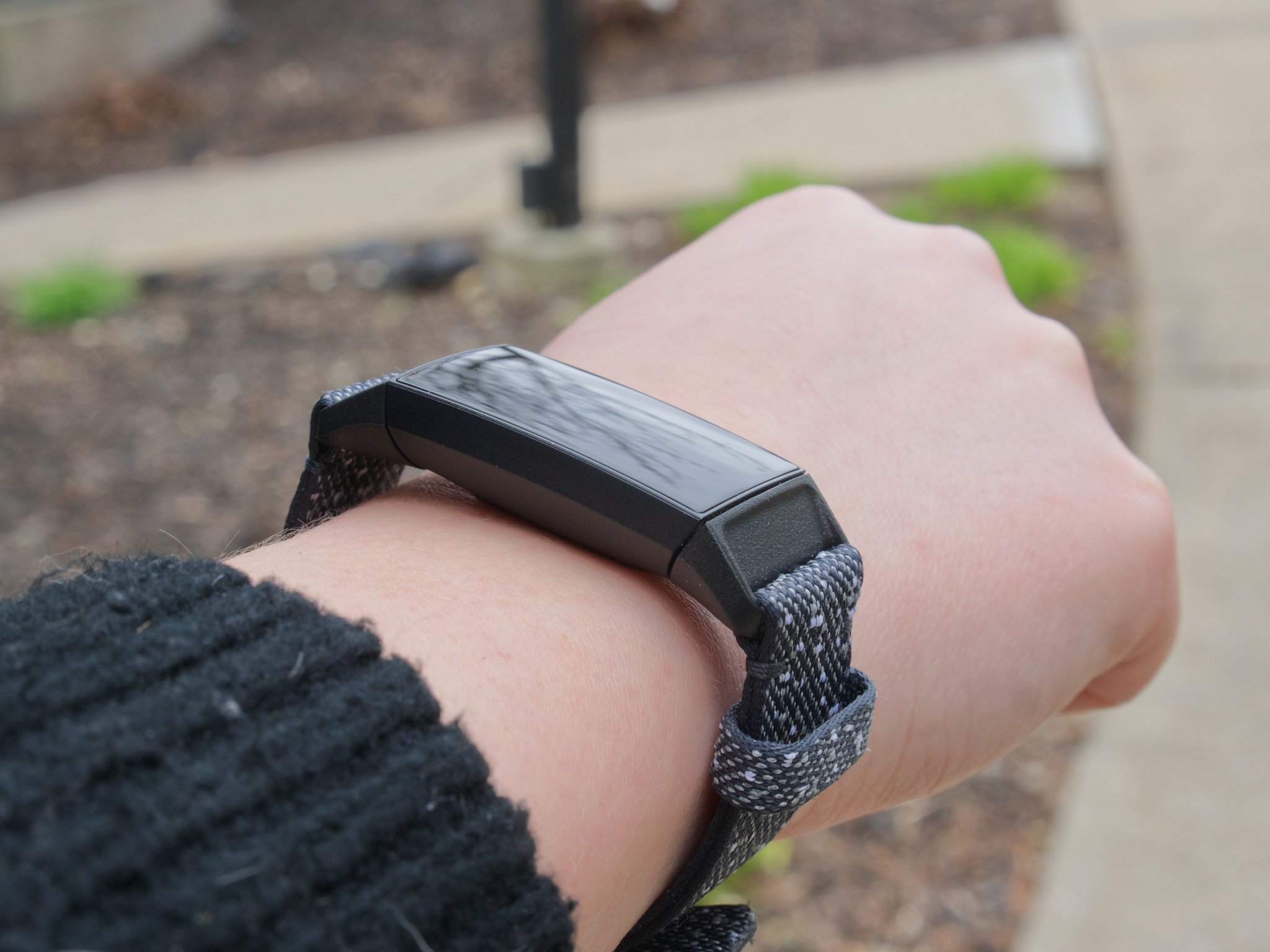
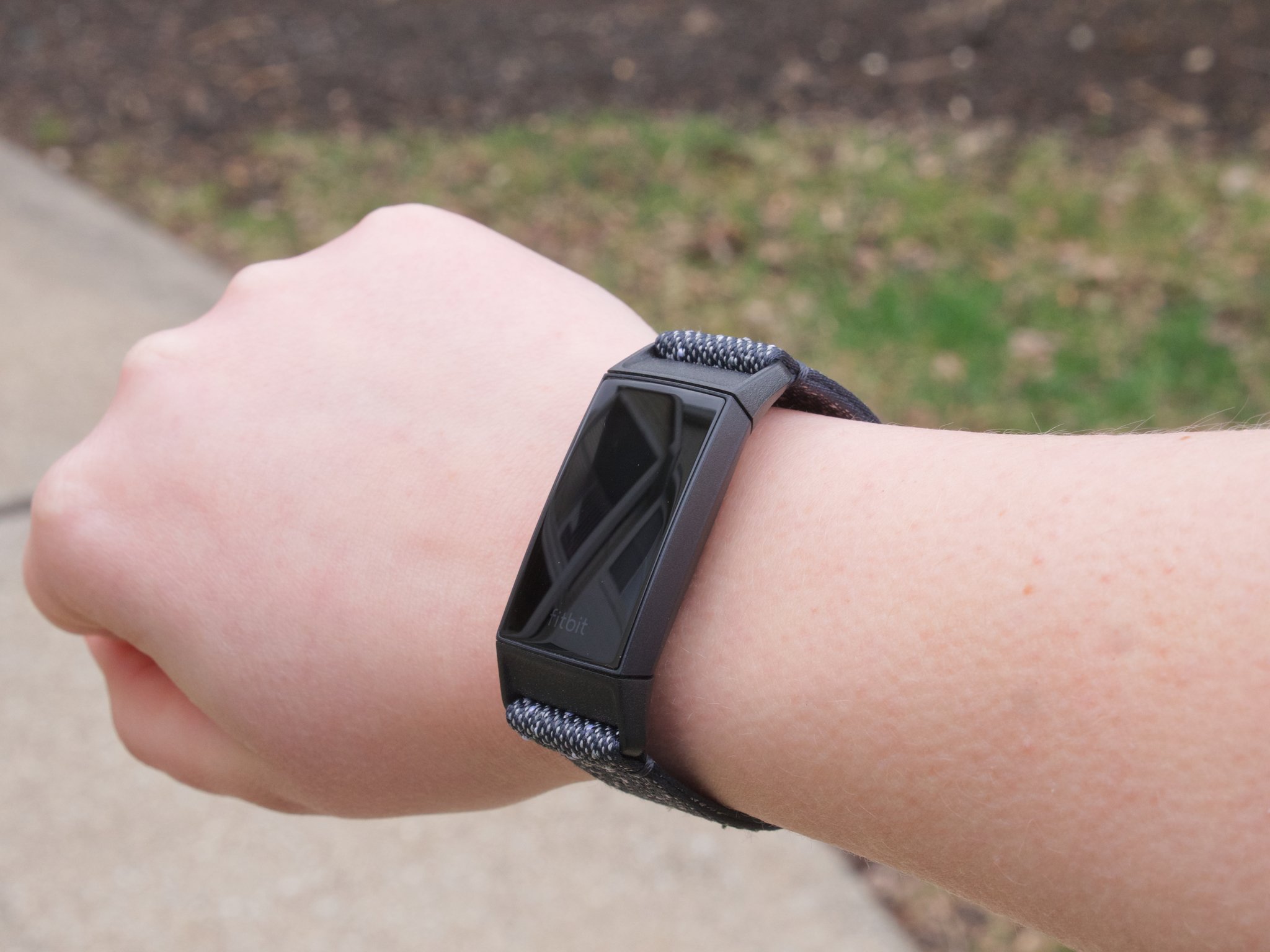
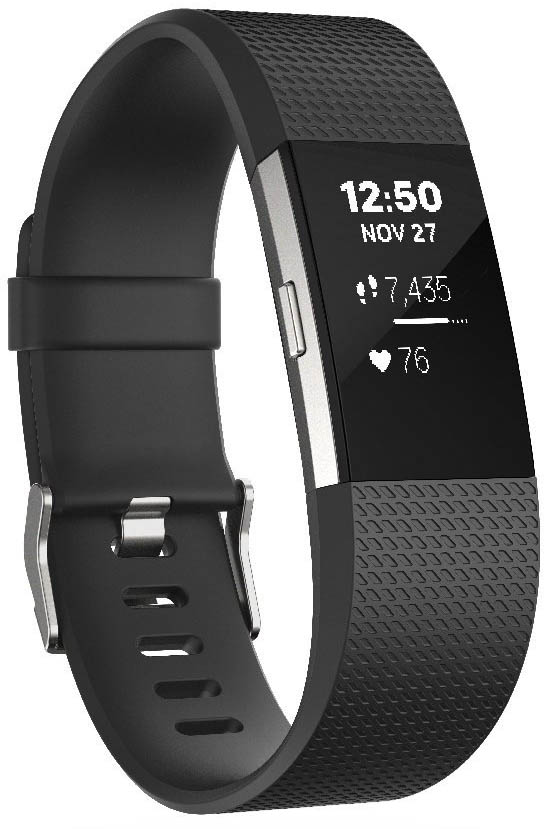
0 Response to "You Can See More: Are the Fitbit Charge 4 features worth the upgrade from the Charge 2?"
Post a Comment